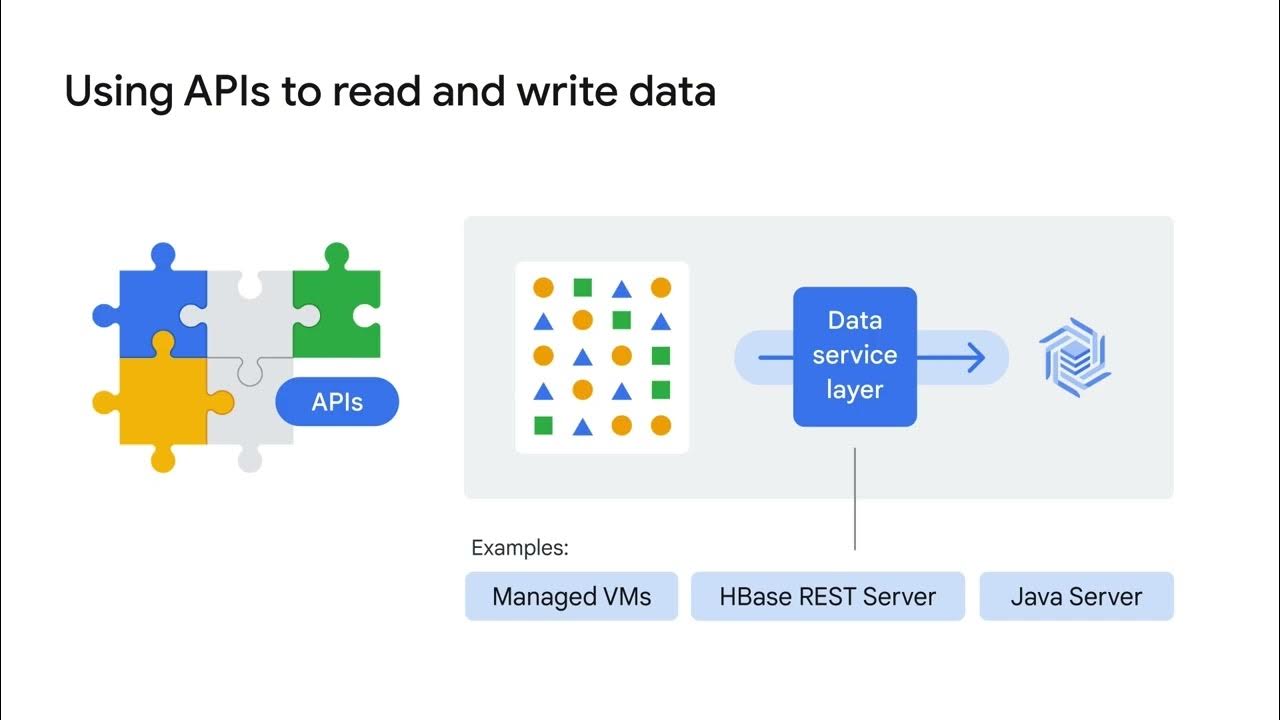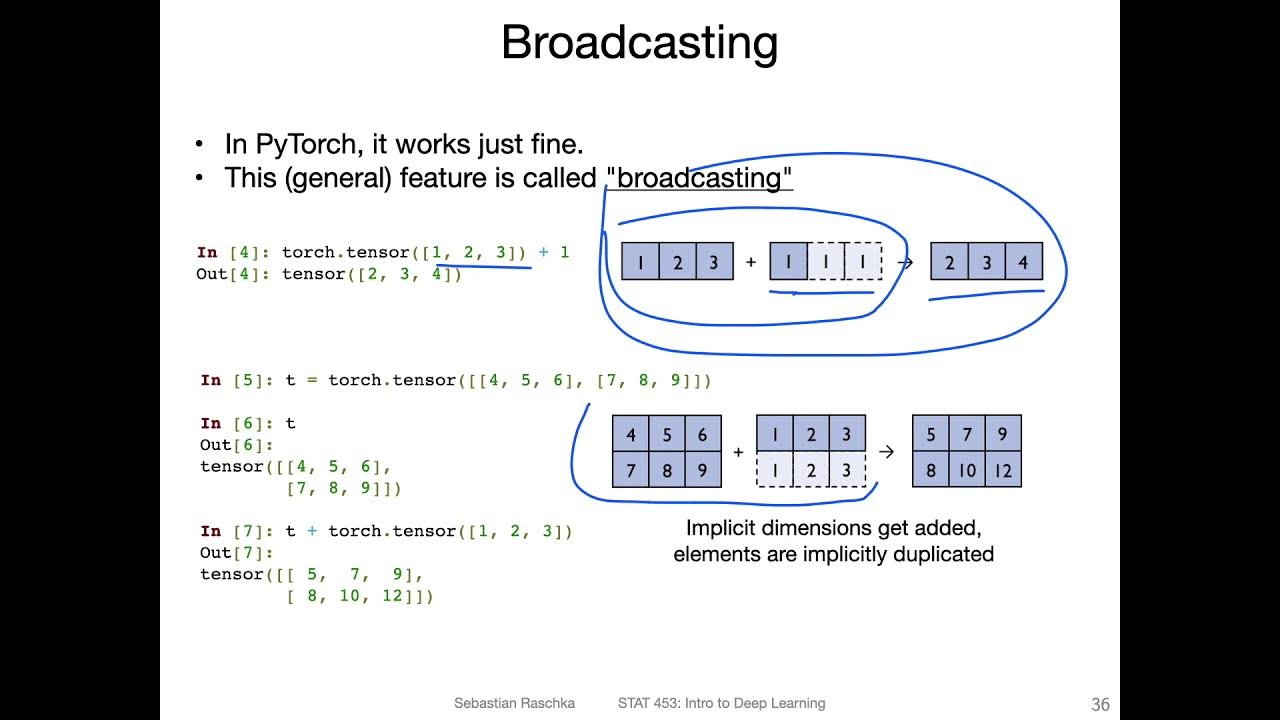What is Data Streaming?
Summary
TLDRThis video explains the concept of data streaming, highlighting its advantages over traditional batch processing. Unlike batch scheduling, which retrieves data at fixed intervals, data streaming allows for real-time access to data, enabling quicker decision-making and better analytics. It discusses the architecture of streaming systems, including data producers, queues, and consumers, emphasizing scalability and fault tolerance. The video addresses common pros and cons, noting that while data streaming offers real-time insights, it also adds complexity to architecture. Suitable for businesses of all sizes, it encourages viewers to explore cloud-based streaming services for easier implementation.
Takeaways
- 🚀 Data streaming allows for real-time data processing and analytics, making it possible to react instantly to events.
- ⏳ Unlike batch processing, which collects data at set intervals, data streaming captures information as it is generated.
- 📊 Real-time tracking reports are crucial in scenarios where immediate data access is needed, such as logistics or operations.
- 🔄 Modern software development utilizes microservices architecture, where individual applications manage their own data stores.
- ⚡ Data streaming facilitates fast data transfer between applications, ensuring they stay updated with the latest information.
- 📈 Streaming architectures are scalable and fault-tolerant, distributing data across multiple servers to avoid overload.
- 📜 Events are logged and queued for processing, allowing multiple applications to access data simultaneously.
- 🔧 Implementing data streaming adds complexity to systems, requiring data engineers to be knowledgeable about these workflows.
- 💡 Real-time data may not be necessary for all businesses; those that can operate with delayed data might find streaming excessive.
- ☁️ Cloud providers like AWS, Azure, and Google Cloud offer easy-to-implement streaming services that are accessible for all company sizes.
Q & A
What is data streaming?
-Data streaming is the continuous flow of data generated from a source for real-time processing and analytics.
How does data streaming differ from batch scheduling?
-Batch scheduling involves extracting and loading data at fixed intervals, which may miss events that occur between those intervals. Data streaming captures events as they happen, providing real-time updates.
Why is real-time data access important?
-Real-time data access allows for quick decision-making, as it provides immediate insights into ongoing events, which is crucial in scenarios like tracking reports.
What are microservices, and how do they relate to data streaming?
-Microservices are individual applications with their own data stores, requiring a method to share data among them. Data streaming facilitates this by allowing near real-time data exchange between these applications.
What advantages does data streaming offer?
-Data streaming provides near real-time data access, enables mid-stream analysis and automation, and is scalable and fault-tolerant due to its distributed architecture.
What are some potential downsides of data streaming?
-Data streaming can add complexity to architecture, require specialized knowledge for maintenance, and result in increased data volume as every event is captured, not just the latest state.
Is data streaming only suitable for large tech companies?
-No, data streaming technologies are accessible to businesses of all sizes. They can be implemented quickly and scaled to fit various architectures.
When should a business consider implementing data streaming?
-Businesses that rely on real-time data and cannot afford delays should consider data streaming. However, if timely data isn't critical, it may be more than what they need.
What platforms are recommended for beginners in data streaming?
-For beginners, starting with cloud providers like AWS, Azure, or Google Cloud is recommended. They offer user-friendly streaming services that are easier to set up.
What is the significance of distributed queues in data streaming?
-Distributed queues enhance the reliability and performance of data streaming by allowing for parallel processing of events and ensuring system resilience if a server fails.
Outlines

Cette section est réservée aux utilisateurs payants. Améliorez votre compte pour accéder à cette section.
Améliorer maintenantMindmap

Cette section est réservée aux utilisateurs payants. Améliorez votre compte pour accéder à cette section.
Améliorer maintenantKeywords

Cette section est réservée aux utilisateurs payants. Améliorez votre compte pour accéder à cette section.
Améliorer maintenantHighlights

Cette section est réservée aux utilisateurs payants. Améliorez votre compte pour accéder à cette section.
Améliorer maintenantTranscripts

Cette section est réservée aux utilisateurs payants. Améliorez votre compte pour accéder à cette section.
Améliorer maintenant5.0 / 5 (0 votes)






